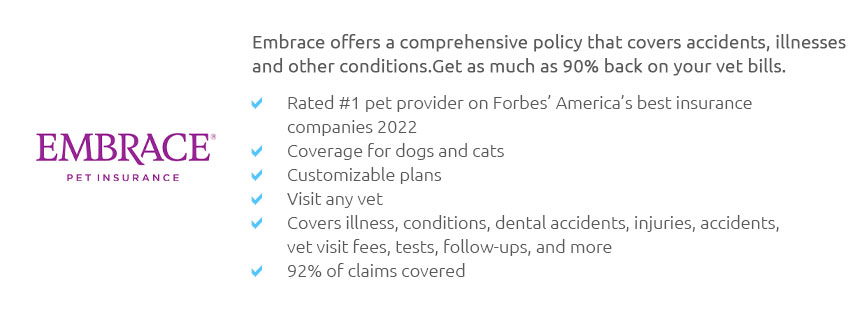 |
 |
 |
 |
 |
 |
|
 |
|
 |
|
 |
|
 |
|
 |
 |
 |
 |
 |
 |
 |
 |
The Real Cost of Pet Insurance for Dogs: A Comprehensive OverviewIn today's world, the role of pets, especially dogs, has evolved significantly. No longer are they just animals living alongside humans; they are cherished family members whose well-being is of paramount importance. This shift in perception has fueled a booming interest in pet insurance, particularly for dogs, as more pet owners seek financial security against unexpected veterinary expenses. But what exactly does pet insurance for dogs cost, and is it a worthwhile investment? The cost of pet insurance for dogs varies widely based on several factors, including the dog's breed, age, health condition, and even the owner's geographical location. Generally, monthly premiums can range anywhere from $20 to $100, a broad spectrum that reflects the diversity of insurance plans available. Breed-specific conditions often play a crucial role in determining these costs. For instance, larger breeds like Great Danes or Saint Bernards may be more expensive to insure due to their predisposition to certain genetic ailments. Conversely, mixed breeds often enjoy lower premiums as they tend to have fewer hereditary health issues. Age is another significant determinant. Puppies may be insured at a lower cost compared to senior dogs, whose premiums are higher due to the increased likelihood of health problems as they age. Additionally, the type of coverage selected-be it accident-only, accident and illness, or comprehensive-further influences the overall cost. Comprehensive plans, while more expensive, offer broader protection, including wellness visits and preventative care, which can be a lifesaver for owners wanting extensive coverage. It is also worth noting the impact of location on insurance premiums. Urban areas, where veterinary costs are typically higher, may see elevated insurance prices compared to rural regions. Moreover, pet owners must consider deductible options, reimbursement levels, and coverage limits, all of which contribute to the total financial outlay. Higher deductibles usually mean lower monthly premiums but can lead to substantial out-of-pocket expenses when veterinary care is needed. When deciding whether to invest in pet insurance, it’s crucial to weigh these costs against the potential benefits. While some may argue that monthly premiums are an unnecessary expense, others view pet insurance as a prudent financial decision that provides peace of mind. After all, the cost of treating unexpected illnesses or accidents without insurance can be financially devastating. In conclusion, while the cost of pet insurance for dogs can seem daunting, it's a small price to pay for ensuring the health and happiness of a beloved family member. By understanding the factors that influence premiums and carefully selecting a plan that fits their needs and budget, pet owners can make informed decisions that safeguard their canine companions. As the saying goes, “Prevention is better than cure,” and in the case of pet insurance, this adage rings particularly true.
https://www.progressive.com/pet-insurance/
Pets Best offers an affordable, fixed-price pet insurance plan for broken bones, bite wounds, accidental swallowing of foreign objects, and other common ... https://www.cnbc.com/select/pet-insurance-cost/
Dog owners spent $56.30 per month on average for accident and illness coverage in 2023, according to NAPHIA, with accident ... https://www.petinsurance.com/dog-insurance/
Nationwide dog insurance offers customizable insurance plans that cover accidents, illnesses, and wellness starting as low as $13 a month*.
|